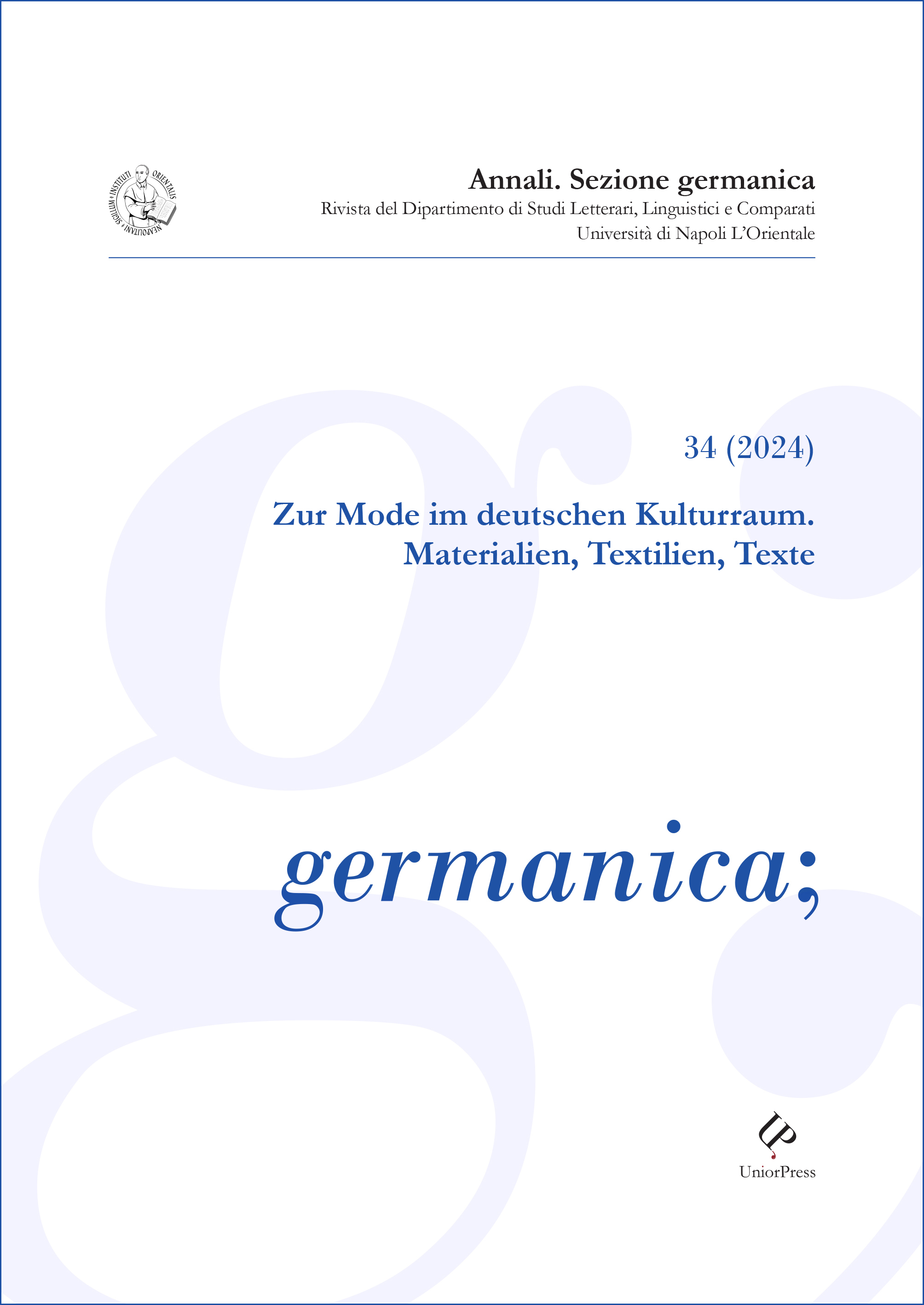„Sie formen am Stil unserer Zeit“. Die Hamburger Meisterschule für Mode in den 1950/60er Jahren
Keywords:
source-based research, fashion history, design history, women’s education in the textile and clothing branch, Maria MayAbstract
Materials from the Armgartstraße University Archive, which since 2009 has been dedicated to the documentation and historical research of textile and fashion training in Hamburg, form the starting point for a ‘search for traces’ of the history of the Master School of Fashion (Meisterschule für Mode), a predecessor institution of today’s Department of Design at the Hamburg University of Applied Sciences. Specific examples are used to analyse local, regional and international working methods and structures of vocational training in the textile and clothing sector in the Hanseatic city. At the centre of the article is the micro-historical research of an ambitious fashion project fromthe 1950s and 1960s, a time when the school’s highly successful work reflected fashionable and social developments in the still young Federal Republic of Germany. The selected example clearly shows to what extent the teaching and training programme primarily addressed young women and thus pursued emancipatory objectives. This study should therefore also be seen as contribution to feminist-orientated history of design in Germany.
Downloads
Published
How to Cite
Issue
Section
License
Copyright (c) 2025 Birgit Haase

This work is licensed under a Creative Commons Attribution 4.0 International License.
The authors who publish in this Journal accept the following conditions:
- The authors retain the rights to their work and give the magazine the right to first publish the work, simultaneously licensed under a Creative Commons License - Attribution which allows others to share the work indicating the intellectual authorship and the first publication in this magazine.
- Authors may adhere to other non-exclusive license agreements for the distribution of the version of the published work (eg deposit it in an institutional archive or publish it in a monograph), provided that the first publication took place in this magazine.
- Authors can disseminate their work online (e.g. in institutional repositories or on their website) before and during the submission process, as it can lead to productive exchanges and increase citations of the published work (See The Effect of Open Access).


